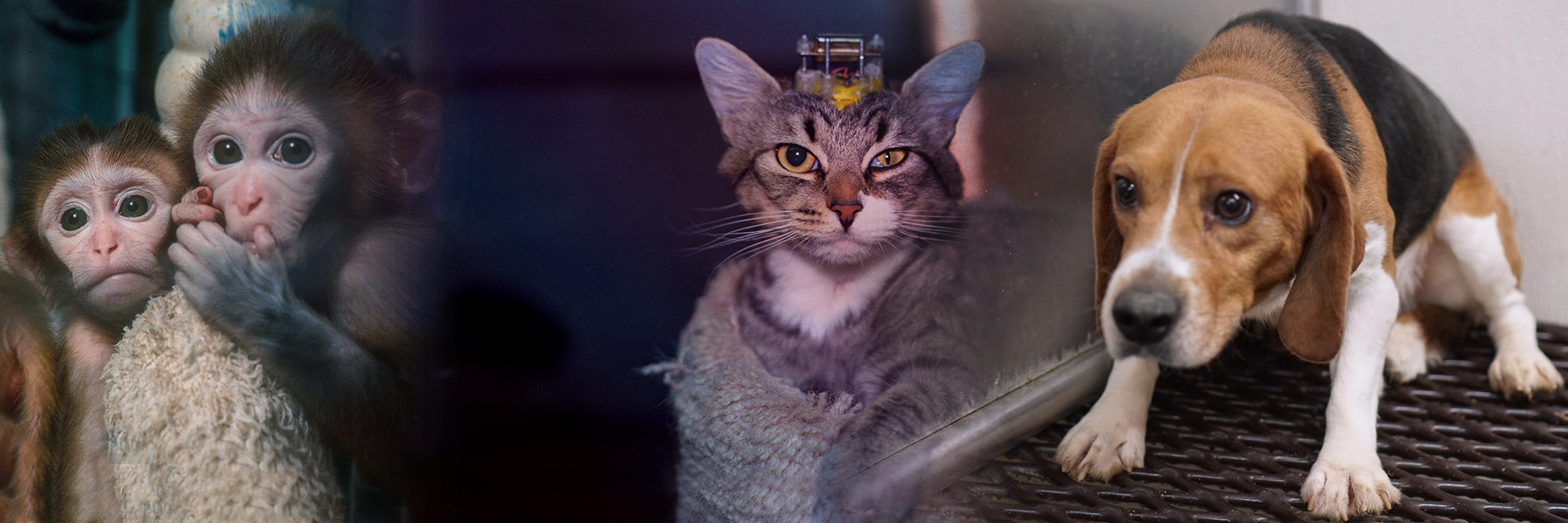VICTORY: Texas Tech University Replaces Tormented Cats With Simulated Models. Kinship Circle supporters joined PETA and activists everywhere to urge Texas Tech University Health Service Center (TTUHSC) to use simulated models for medical training courses. For more than two decades, TTUHSC students drove plastic tubes down windpipes of cats, causing them to bleed or swell. Constant intubation scars throat tissue and leads to collapsed lungs or death. Trainees also pumped air into feline chest cavities and extracted surplus air via an inserted needle.
Though TTUHSC earlier agreed to stop purchasing cats from Odessa, Texas Animal Control, it was unclear whether they'd permanently replace the cruel labs with synthetic models like simulators and manikins. Now it is official. PETA says university reports confirm, TTUHSC will no longer use cats for this training! We are certain that thousands of Kinship Circle followers who sent comments in one of our highest participation campaigns ever contributed to this big win for animals.
Unwarranted: Animal Experiments
Human-Relevant Models Work Better. For academic trainings, computerized simulators emulate human anatomy and key facets of patient care. Interactive, virtual and life-like teaching tools are cost effective and facilitate learning about human health and safety. Advanced systems now have layers of life-like skin, fat, and muscle. Some simulate bleeding, and with the advent of AI programming, can answer questions in staged surgical settings. Simulators, unlike cats, dogs or pigs, allow students to learn at their own pace and repeat procedures as many times as necessary.The American Academy of Pediatrics and the American Heart Association, agencies that sponsor most life-support courses nationwide, do not promote animal use. They advocate synthetic models that give students an accurate depiction of human, not feline, anatomy.
Unfortunately, TTUHSC still conducts animal experiments on pigs, mice and more animals across Agricultural/Food, Bioscience and other departments. During the height of the COVID-19 pandemic, Texas Tech University Health Sciences Center El Paso was among universities called out for a “mass killing spree of animals … considered nonessential to experimenters” (UTEP Student Newspaper, The Prospector). Animal experimentation is a broken system. Bioscience and technology have evolved with cellular, genomic and computational tools. Human-relevant research tools mean researchers don't need to extrapolate info from animals to people. Guesstimates give way to a more predictive science. Conversely, the animal model presumes an effect in one species occurs in another. Genetic, metabolic, physiological and psychological traits vary significantly from species to species. For example, a drug metabolized in a pig, dog or mouse doesn't look like the same drug in a person. Moreover, lab animals exist in perpetual distress from handling, confinement, noise, isolation, pain, fear… Stress hormones influence study outcomes. Ultimately, animal data creates false assumptions that can harm humans.
Empathy & A Better Way…














